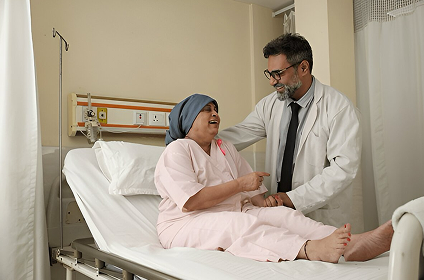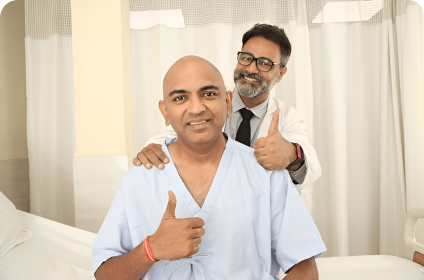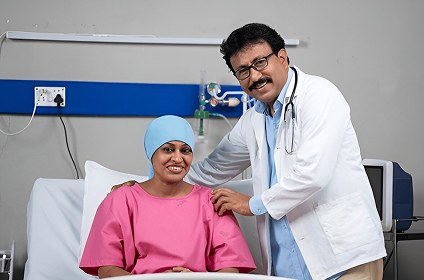Procedures to collect and evaluate bone marrow, the spongy tissue inside some of your bigger bones, include bone marrow aspiration and bone marrow biopsy. A bone marrow biopsy or aspiration can be used to assess your bone marrow’s capacity to generate a healthy number of blood cells. Doctors utilize these methods to recognize and follow blood and marrow conditions, including some types of cancer, as well as fevers for no apparent reason.
Bone marrow biopsy is more frequent even if bone marrow aspiration can be performed on its own. The sum of these treatments is referred to as a bone marrow exam. Your bone marrow and blood cells can be examined to learn more about the condition of these tissues. If blood tests are abnormal or don’t reveal enough information about a suspected issue, your doctor may arrange a bone marrow exam.
Your hip bone is typically used to sample your bone marrow. To numb the area, the doctor initially applies a local anesthetic. You might be kept awake or given a little sedative. A little piece of bone loaded with marrow and a few marrow cells are aspirated by the doctor using a hollow needle (biopsy). The doctor could use a separate needle for each test if both are being performed simultaneously, or they may withdraw and replace the same needle. After the operation, some patients report having some minor bone pain for a few days. The samples are inspected under a microscope to look for any chromosomal alterations and other cell-related abnormalities.
However, it is possible for every sort of cancer. This typically occurs if your doctor has to rule
out cancer in your bone marrow for any reason or suspects that your bone marrow may contain
cancer cells.
You can test the cells in your bone marrow with a bone marrow test. Your bones’ spongy bone marrow, which produces blood cells, is located inside of them.
to determine if the bone marrow has any cancerous cells. One might be used to assess how well your treatment is working.
To numb a small area of your hip, you receive a local anesthetic injection. Your hip is punctured by a needle as the doctor extracts some bone marrow. It takes the test around 30 minutes. Within a week or two, you ought to receive your results.
Bruising, bleeding, discomfort, infection, or tingling in the legs are examples of potential adverse effects.

Early cancer detection using thermal mammography, providing radiation-free imaging for safer and more accurate breast cancer screening and diagnosis.

Personalized treatment attacking specific cancer cells, reducing harm to healthy tissues while increasing therapy effectiveness and reducing side effects for better patient outcomes.

A non-invasive technique reducing chemotherapy-induced hair loss by cooling the scalp, improving patient comfort and emotional well-being during cancer treatment.

Oncologist & Hematologist


MD Medicine (AIIMS) DM Medical Oncology (AIIMS) MRCP (UK), DNB, ECMO
Medico Oncologist & Hemato Oncologist

Indian Cancer Treatment Centre, unit of Sky Oncology LLP is a leading institution established with the aim to provide the best cancer treatment, to all types of cancer patients, in accordance with the latest and ever-changing advances in the field of oncology and provide the best cancer care